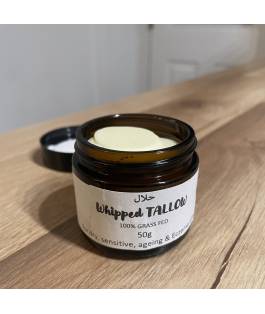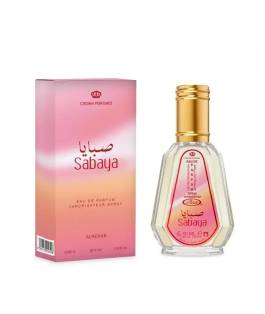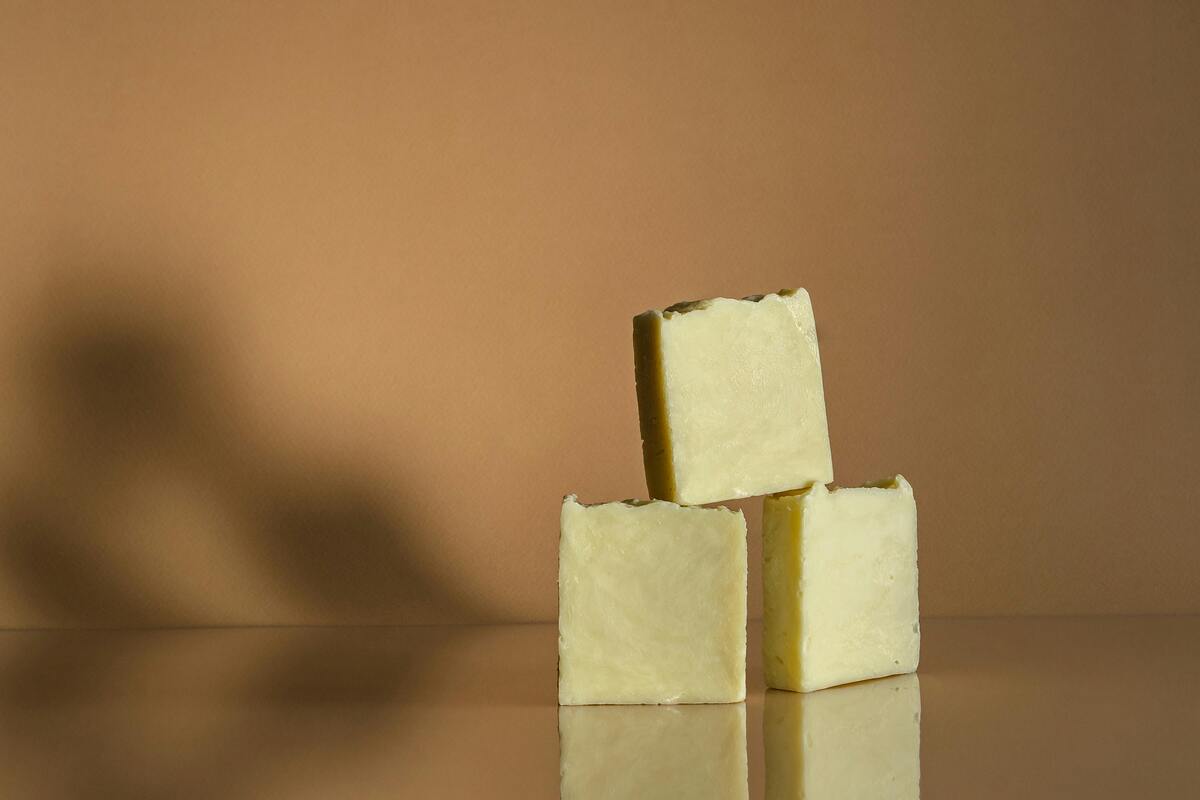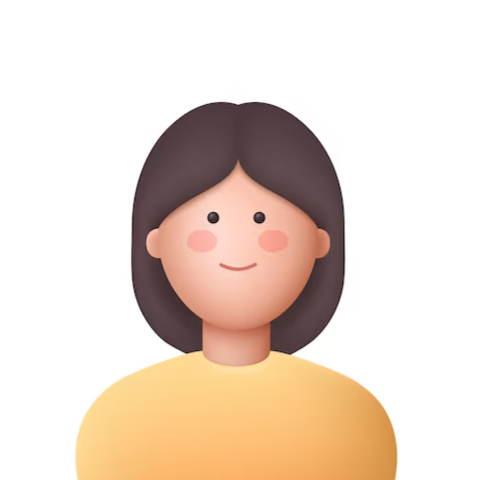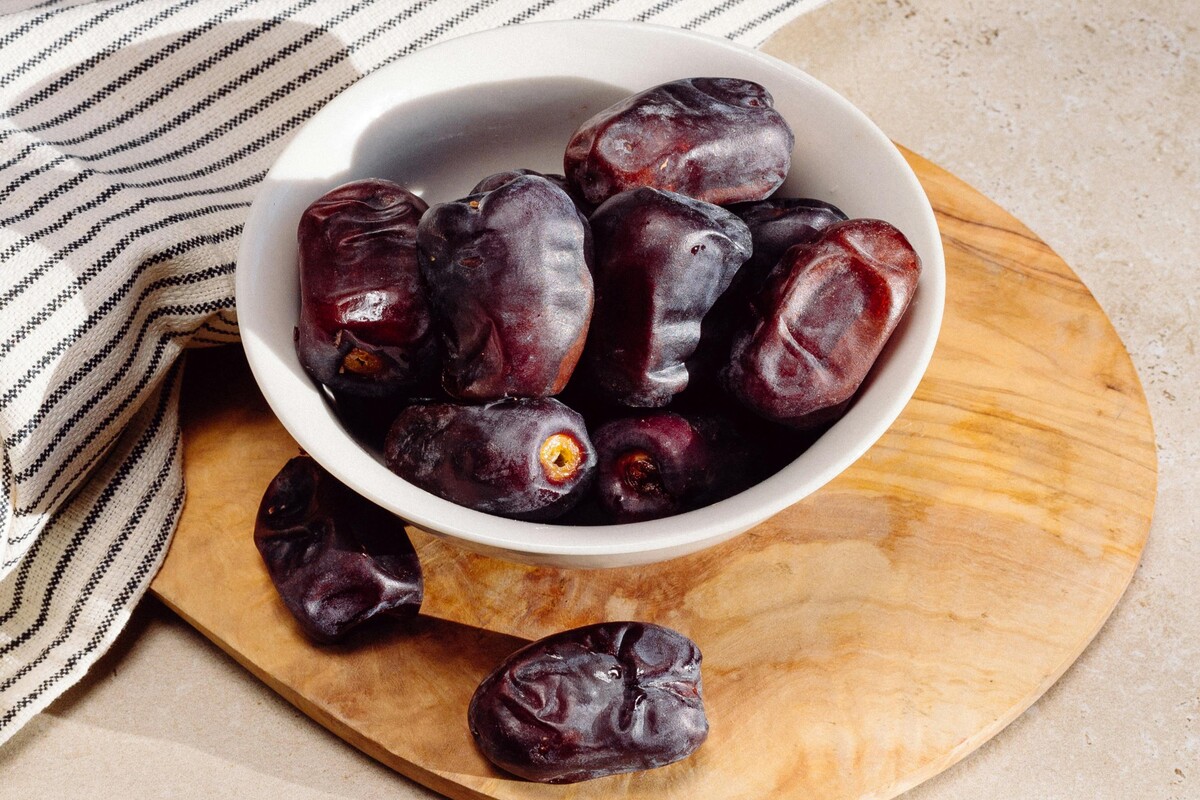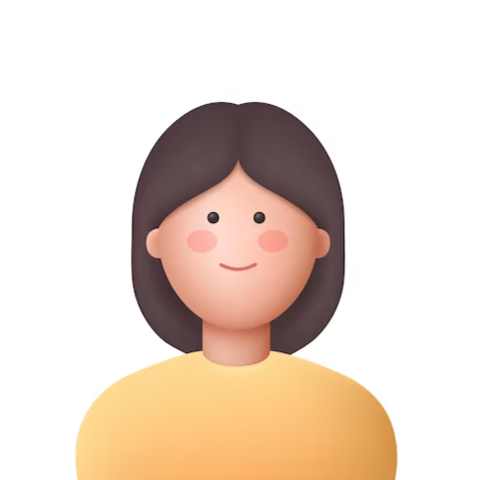Besides wudu, Muslims can shift ablution to Tayammum if the condition allows. This guide will help you understand what Tayammum is and how to perform it.
What is Tayammum?
Tayammum is a way for Muslims to clean themselves without water. It is done when there is no water available or when using water could be harmful, like if someone is sick. Tayammum helps Muslims stay clean so they can pray and do their religious duties. Tayammum is a mercy and convenience provided by Allah to ensure that worship is not hindered by the lack of water.
“O you who have believed, when you rise for prayer, wash your faces and your hands up to the elbows and wipe your heads and (wash) your feet up to the ankles. If you are junub, take a bath. If you are sick, travelling, returning from a latrine, or touching a woman and cannot find water, then wash with good dust; wipe your face and hands with it. Allah does not want to cause you any hardship, but He wants to cleanse you and perfect His favour upon you so that you may be grateful.”
(Surah Al-Maidah, verse 6)
How to Do Tayammum?

Performing Tayammum is easy. Here’s a step-by-step guide you can follow:
Step 1: Make the Intention
Before starting Tayammum, one must make the intention in their heart to perform it. This intention is crucial as it differentiates the act from any ordinary action.
The Prophet Muhammad (PBUH) said, "Actions are but by intentions, and every man shall have only that which he intended."
(Al-Bukhari, verse 6)
Step 2: Say “Bismillah”
Begin the Tayammum by saying "Bismillah" (In the name of Allah).
Although not explicitly required in Tayammum, starting actions with "Bismillah" is a Sunnah and brings blessings.
Step 3: Strike the Ground
Strike both hands lightly on clean soil, dust, or anything that has dust, such as a wall or a rock.
The Quran states, "But if you are ill or on a journey or one of you comes from the place of relieving himself or you have contacted women and do not find water, then seek clean earth and wipe over your faces and hands with it. Indeed, Allah is ever Pardoning and Forgiving"
(Surah An-Nisa, verse 43)
Step 4: Blow off Excess Dust
After striking the ground, blow off any excess dust from your hands.
This step is derived from the practice of the Prophet Muhammad (PBUH), who used to blow off the excess dust before wiping.
Step 5: Wipe Your Face
Using both hands, wipe your face completely.
The Prophet Muhammad (PBUH) said, "It would have been sufficient for you to do thus." Then he struck the earth with his hands once, wiped his right hand with the help of his left hand and the exterior of his palms and his face"
(Muslim)
Step 6: Wipe Your Hands
Wipe your right hand with your left hand up to the wrist, and then your left hand with your right hand up to the wrist.
Continuing from the previous Hadith, the Prophet (PBUH) demonstrated wiping the hands as part of Tayammum.
"But if you are ill or on a journey or one of you comes from the place of relieving himself or you have contacted women and do not find water, then seek clean earth and wipe over your faces and your hands [with it]. Allah does not intend to make difficulties for you, but He intends to purify you and complete His favor upon you so that you may be grateful
(Surah Al-Maidah, verse 6)
Conclusion
Tayammum is a beautiful aspect of Islam, showing the ease and flexibility in the religion. It ensures that worship is not interrupted even when water is not available. By following the simple steps outlined above and understanding the evidence from the Quran and Hadith, Muslims can confidently perform Tayammum and maintain their spiritual cleanliness.
Feel free to share this guide with others so they too can benefit from this easy method of purification.
Sell with Riwaya
Joining Riwaya allows vendors to expand their reach and contribute to the promotion of Islamic knowledge and practices within the community.
If you’re interested in selling products that help perfect prayer, such as Qurans, salah mats, and thobes, explore the registration process and discover the benefits of becoming a vendor with Riwaya here.



































